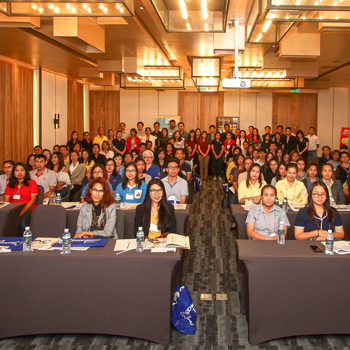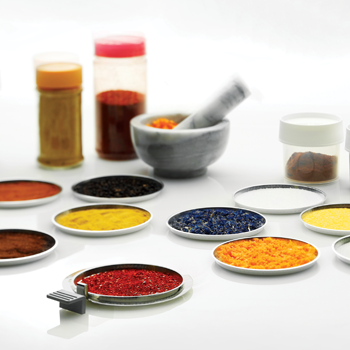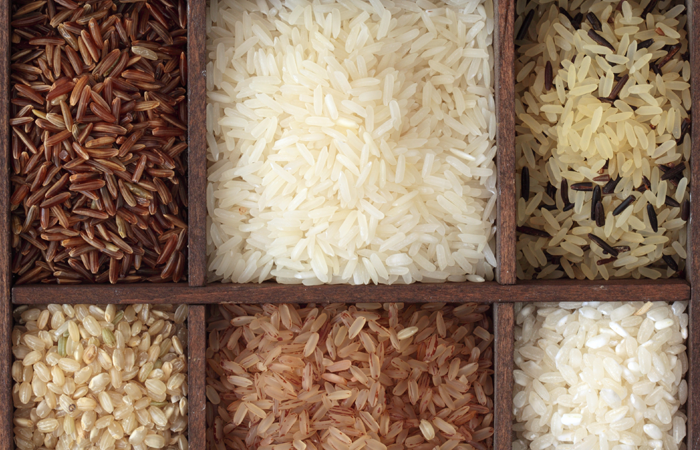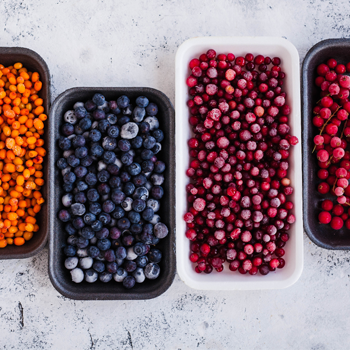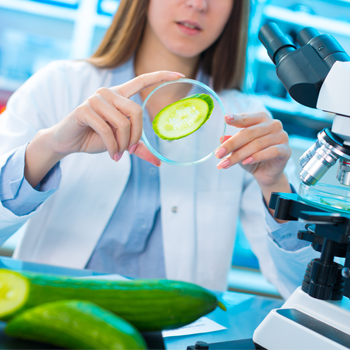
6 เรื่องที่ไม่เป็นความจริงเกี่ยวกับการทดสอบสารก่อภูมิแพ้ในอาหาร
Chiara Palladino, Ph.D.
Product Manager for Food Allergens
Romer Labs Division Holding GmbH
Chiara.Palladino@romerlabs.com
Full article TH-EN
ความเข้าใจผิดๆ ที่พบได้บ่อยเกี่ยวกับการทดสอบสารก่อภูมิแพ้ในอาหาร โดยแบ่งเป็น 6 ข้อหลักๆ ดังนี้
- ชุดทดสอบสารก่อภูมิแพ้ชุดหนึ่งใช้ทดสอบกับตัวอย่างอาหารชนิดใดก็ได้
ผลิตภัณฑ์อาหารมีองค์ประกอบที่หลากหลายมาก และวิธีการทดสอบบางอย่างอาจจะทำงานได้ดีกว่าในตัวอย่างอาหารบางชนิด โดยขอบเขตของกระบวนการทดสอบมีเพิ่มขึ้นจากความซับซ้อนที่เพิ่มเข้ามาในสมการ
2. ข้อความที่ระบุว่า “อาจมีส่วนประกอบของ…” สามารถแก้ปัญหาทุกอย่างได้
การระบุข้อความ “อาจมีส่วนประกอบของ…” คือการกระทำโดยสมัครใจของผู้ผลิตและมักเป็นสิ่งที่ป้องกันไม่ให้ผู้ผลิตซึ่งผลิตอาหารที่มีส่วนประกอบของสารก่อภูมิแพ้ต้องถูกเรียกเก็บผลิตภัณฑ์กลับคืนภายหลัง นี่แสดงให้เห็นว่าในความจริงแล้วยังคงมีความเสี่ยงของการปนเปื้อนสารก่อภูมิแพ้ในผลิตภัณฑ์อาหารที่มีการติดฉลากข้อความเตือนอยู่
- เทคนิค PCR มีความน่าเชื่อถือกว่าเทคนิคทางระบบภูมิคุ้มกัน
เทคนิค PCR นั้นใช้เมื่อต้องการการตรวจวิเคราะห์ที่มีความแม่นยำสูงและได้ผลการตรวจที่รวดเร็ว ในขณะเดียวกันการทดสอบทางระบบภูมิคุ้มกันนั้นก็ยังเป็นมาตรฐานการทดสอบที่ให้ผลดีเยี่ยมและใช้ในการทดสอบสารก่อภูมิแพ้ในอาหารโดยตรง
4. เทคนิค Mass Spectrometry (MS) จะเข้ามาแทนที่ชุดทดสอบสารก่อภูมิแพ้ในไม่ช้า
เทคนิค Mass Spectrometry (MS) ยังถือว่าเป็นเทคนิคที่เพิ่งเริ่มต้นและปัจจุบันมีการสงวนไว้ใช้เฉพาะเพื่อการศึกษาวิจัยเท่านั้น โดยยังไม่อาจให้ผลลัพธ์ของการตรวจสารก่อภูมิแพ้ในอาหารในระดับความน่าเชื่อถือสูงสุดได้
- ชุดทดสอบทั้งหมดให้ผลการตรวจสอบเหมือนกัน
ชุดทดสอบมีหนึ่งสิ่งที่เหมือนกันคือเป้าหมายการตรวจแบบกว้างๆ เช่น ถั่วลิสง หรือเคซีน แต่ความเหมือนจบลงแค่นั้น โดยชุดทดสอบที่ไม่เหมือนกันจะใช้บัฟเฟอร์และวิธีการทดสอบที่แตกต่างกันซึ่งอาจมีผลต่อกระบวนการวิเคราะห์ทดสอบและสร้างรูปแบบที่แตกต่างกัน
- “รายการสารก่อภูมิแพ้อาหารอ้างอิง” ช่วยทำให้การทดสอบมีความน่าเชื่อถือ
อาจเหมือนเป็นคำยืนยันที่น่าสงสัยแต่ก็เป็นความจริง คือไม่มีรายการอ้างอิงของสารก่อภูมิแพ้อาหารแม้จะมีการกล่าวอ้างโดยผู้ผลิตบางรายก็ตาม
Here, we dispel six of the most common misconceptions about food allergen testing.
Myth #1: A test kit off the shelf works with any food matrix.
Food products are highly diverse and certain test methods may work better for certain food samples. The extent of processing adds further complexity to this equation. With new or unfamiliar matrices, we always undertake a spike recovery validation at three different levels to make sure it works with our kits and covers the detection range of the assay.
Myth #2: “May contain…” statements can solve all our problems.
Advisory “May contain…” statements are voluntary and often serve primarily to prevent the producer from having to make potential allergen-related product recalls. There is a real risk of allergen contamination in products that only make a precautionary statement. Consumers with allergies should avoid products with precautionary labels, as the risk is not assessable. In return, food producers should avoid using a “may contain…” statement without reasonable suspicion.
Myth #3: PCR is more reliable than immunological tests.
It depends. Polymerase chain reaction (PCR) assays are extremely sensitive and make sense when specificity is called for. All the same, immunological rapid tests are still the gold standard and should be preferred in most cases as they directly detect food allergens.
Myth #4: Mass spectrometry will soon replace allergen rapid tests.
Mass spectrometry (MS) is a high-end technology that is already used in several fields for routine analysis and shows some potential in allergen analysis: it can measure several allergens in parallel. However, it is still in its infancy and is currently restricted to research applications. MS is not yet able to deliver the highest level of accuracy in food allergen testing.
Myth #5: All test kits on the market detect the same.
Kits do have one thing in common: the overall target (e.g. peanut or casein). But the similarities end there. Different kits use different buffers and procedures, which can have an impact on the extraction process and generate diverging patterns. Furthermore, kits differ in the antibodies used, which, in an added layer of complexity, need to take the various methods of food processing into account.
Myth #6: Currently available “Allergen reference materials” improve testing reliability.
It may be a controversial assertion, but it’s the truth: there are no allergen reference materials, despite the claims by some producers.

